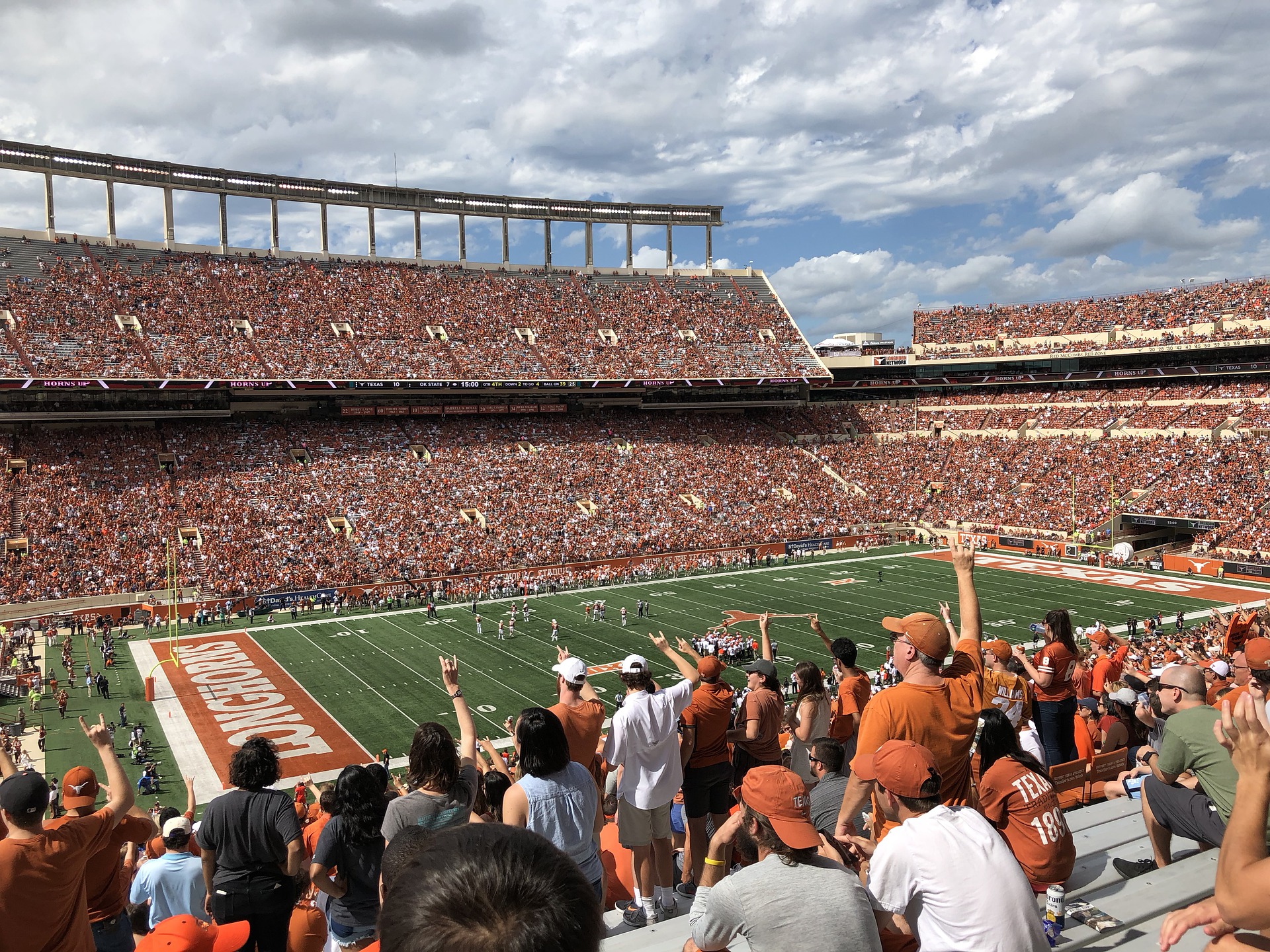2022 NCAA Convention Summary – From an Athlete’s Perspective

By Rick Allen, Founder – Informed Athlete®
The annual NCAA Convention was held recently in Indianapolis. While much of the publicity over the last few months regarding the Convention was regarding the work of the Constitution Committee to propose a new draft of the NCAA Constitution, I doubt that work will really impact the day-to-day life of NCAA student-athletes – at least not in the near future.
Here’s a brief rundown of the rule changes that we believe our subscribers may want to take note of:
NCAA Division I
For women’s basketball, their recruiting rules were revised in several different topic areas, including telephone calls, official visits and the recruiting calendar. Due to the number of changes, contact us directly if you desire information regarding those changes.
In men’s basketball, the number of recruiting-person days (number of total days the men’s coaching staff could be off-campus recruiting) was reduced from 130 to 100. Two coaches recruiting on the same day equals two recruiting-person days.
For both men’s and women’s basketball, a proposal to allow student-athletes to appear in up to four regular season games without being charged with the use of a season of competition was defeated.
Football spring practice opportunities for full contact practice sessions will be reduced. They won’t be allowed on consecutive days during spring practice and won’t be allowed for more than 75 minutes in any practice session (other than a scrimmage).
New guidelines for transfer waivers that were set to go into effect in 2022 will be delayed until January 2023. This means that athletes transferring to a Division I university who need a waiver to be ruled eligible will have a wider range of acceptable reasons and circumstances that can be cited as a factor in the waiver decision as compared to the new waiver guidelines.
Those guidelines – which are now postponed a year – basically limit acceptable waiver reasons as:
- An athlete has a diagnosed learning disability which was not sufficiently supported at the previous university OR
- An athlete has faced a “real and imminent health and safety” threat at the previous university.
NCAA Division II
The Division II One-Time Transfer Exception was changed to more closely align with the Division I One-Time Transfer Exception. The key aspects of the new Division II rule are:
- The school from which an athlete is transferring will not have the opportunity to object to the athlete’s transfer.
- Athletes will be required to view an educational video or online module regarding the transfer rules before their name will be entered into the Transfer Portal.
- Athletes will be required to provide written transfer notification to their school by June 15 to have the chance to be eligible during the upcoming academic year.
- A transferring athlete and the head coach at the new school to which they are transferring will be required to certify that they had no direct or indirect contact regarding a transfer prior to the student-athlete entering the Transfer Portal.
NCAA Division III
The proposal which would have had the most direct impact on Division III student-athletes was not voted on, but instead was referred to the Division III Interpretations and Legislative Committee for additional analysis and consideration.
If it had been approved at the Convention, it would have allowed Division III student-athletes to participate in a full season of practice with their team and still claim a “redshirt season” if the athlete did not compete in any games against another university.
As a result, the current Division III rule is still in effect. That rule charges a student-athlete with a “season of participation” even if they only practice with their team beyond the first game of the season but even if they don’t appear in a game against another opponent.
